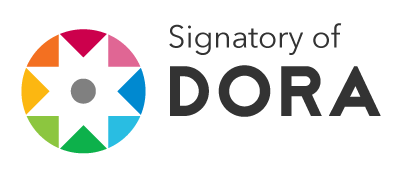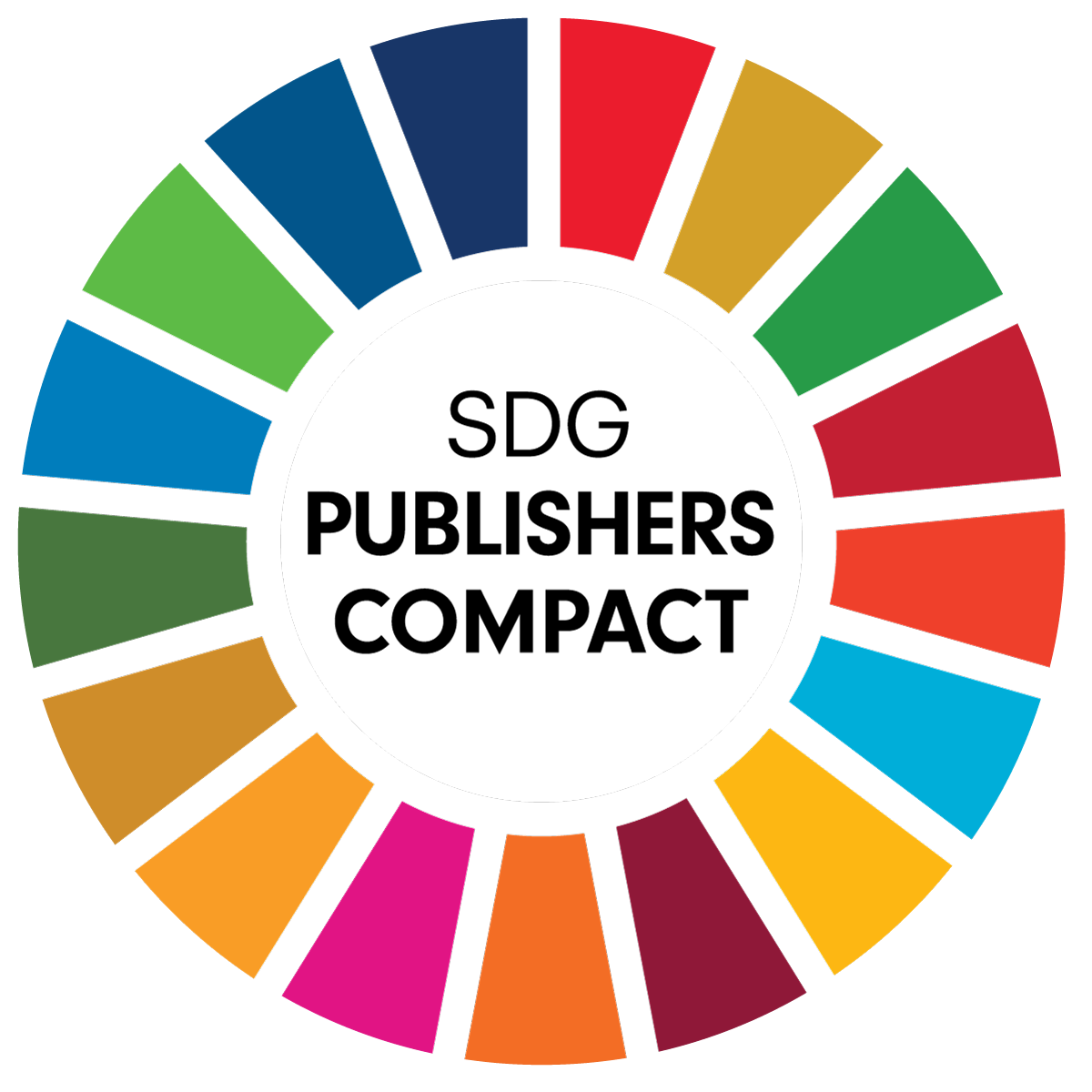Impact of Financial Resources on Agricultural Growth in Sub-Saharan Africa
-
Ayine NIGO School of Organisations, Economy and Society, Westminster Business School , University of Westminster, UK
-
Vincent GIBOGWE School of Organisations, Economy and Society, Westminster Business School , University of Westminster, UK
This study contributes to the literature on financial efficiency and growth. We show that banking development exerts a statistically significant and positive impact on local economic growth. We use the ARDL method to find the impact of institutional financial quality on agriculture sector growth in 14 Sub-Saharan African countries from 1990 to 2020. Our results show that land, rural population, and per capita agricultural income growth have long-run and significant (at 1% level) causal effects on the magnitude of agricultural value added as a percentage of GDP.
Copyright© 2023 The Author(s). This article is distributed under the terms of the license CC-BY 4.0., which permits any further distribution in any medium, provided the original work is properly cited.
Nigo, A., Gibogwe, V. 2023. Impact of Financial Resources on Agricultural Growth in Sub-Saharan Africa. Journal of Applied Economic Sciences, Volume XVIII, Spring, 1(79), 50-56. https://doi.org/10.57017/jaes.v18.1(79).06
[1] Adeleye, B. N., Gershon, O., Ogundipe, A., Owolabi, O., Ogunrinola, I., and Adediran, O. (2020). Comparative investigation of the growth-poverty-inequality trilemma in Sub-Saharan Africa and Latin American and Caribbean Countries. Heliyon, 6(12). https://doi.org/10.1016/j.heliyon.2020.e05631
[2] Adjognon, S. G., Liverpool-Tasie, L. S. O., and Reardon, T. A. (2017). Agricultural input credit in Sub-Saharan Africa: Telling myth from facts. Food Policy, 67, 93-105. https://doi.org/10.1016/j.foodpol.2016.09.014
[3] Agbodji, A. E., and Johnson, A. A. (2021). Agricultural credit and its impact on the productivity of certain cereals in Togo. Emerging Markets, Finance and Trade, 57(12), 3320-3336. https://doi.org/10.1080/1540496 X.2019.1602038
[4] Akinwale, Y. O., and Grobler, W. C. (2019). Education, openness and economic growth in South Africa: Empirical evidence from VECM analysis. The Journal of Developing Areas, 53(1). DOI: 10.1353/jda.2019.0003
[5] Aluko, O. A., and Ibrahim, M. (2020). Institutions and the financial development–economic growth nexus in sub‐Saharan Africa. Economic Notes, 49(3). https://doi.org/10.1111/ecno.12163
[6] Bjornlund, V., Bjornlund, H., and van Rooyen, A. F. (2020). Exploring the factors causing the poor performance of most irrigation schemes in post-independence sub-Saharan Africa. International Journal of Water Resources Development, 36(1). https://doi.org/10.1080/07900627.2020.1739512
[7] Chandio, A. A., Magsi, H., Rehman, A., and Sahito, J. G. M. (2017). Types, sources and importance of agricultural credits in Pakistan. Journal of Applied Environmental and Biological Sciences, 7(3), 144-149. https://www.researchgate.net/publication/309210817
[8] Chandio, A. A., and Yuansheng, J. I. A. N. G. (2018). Determinants of adoption of improved rice varieties in northern Sindh, Pakistan. Rice Science, 25(2), 103-110. https://doi.org/10.1016/j.rsci.2017.10.003
[9] Chandio, A. A., Jiang, Y., Rehman, A., and Rauf, A. (2020). Short and long-run impacts of climate change on agriculture: An empirical evidence from China. International Journal of Climate Change Strategies and Management, 12(2), 201-221. https://www.emerald.com/insight/1756-8692.htm
[10] Chikalipah, S. and Okafor, G. (2019). Dynamic linkage between economic growth and human development: Time series evidence from Nigeria. Journal of International Development, Journal of International Development, 31(1), 22–38. DOI: 10.1002/jid.3390
[11] Dada, J. T. and Abanikanda, E. O. (2022). The moderating effect of institutions in foreign direct investment led growth hypothesis in Nigeria. Economic Change and Restructuring, 55(2), 903-929. https://doi.org/10.1007/s10644-021-09332-w
[12] Hye, Q. M. A. and Wizarat, S. (2011). Impact of financial liberalization on agricultural growth: a case study of Pakistan. China Agricultural Economic Review, 3(2), 191-209. DOI 10.1108/17561371111131317
[13] Ilesanmi, K. D., and Tewari, D. D. (2017). Energy consumption, human capital investment and economic growth in South Africa: A vector error correction model analysis. OPEC Energy Review, 41(1), 55-70. https://doi.org/10.1111/opec.12094
[14] Khan, W. and Jamsheed, M. (2017). Agricultural Credit-led Agricultural Growth: A VECM Approach, Asian Journal of Agricultural Extension, Economics & Sociology, 19(1), 1-16. DOI: 10.9734/AJAEES/2017/32304
[15] Khandker, S. R., and Koolwal, G. B. (2016). How has microcredit supported agriculture? Evidence using panel data from Bangladesh. Agricultural Economics, 47(2), 157-168. https://doi.org/10.1111/agec.12185
[16] Kotroni, E. (2020). Environmental Kuznets Curve in Greece in the period 1960-2014. International Journal of Energy Economics and Policy. DOI:10.32479/ijeep.9671
[17] Marwa, N., and Zhanje, S. (2015). A review of finance–growth nexus theories: how does development finance fits in? Studies in Business and Economics, 10(1), 83-91. https://doi.org/10.1515/sbe-2015-0007
[18] Nkoro, E., and Uko, A. K. (2016). Autoregressive Distributed Lag (ARDL) cointegration technique: application and interpretation. Journal of Statistical and Econometric Methods, 5(4), 63-91. https://www.scienpress.com/Upload/JSEM/Vol%205_4_3.pdf
[19] Ngong, C. A., Onyejiaku, C., Fonchamnyo, D. C. and Onwumere, J. U. J. (2022). Has bank credit really impacted agricultural productivity in the central african economic and monetary community? Asian Journal of Economics and Banking. DOI 10.1108/AJEB-12-2021-0133
[20] Omoregie, O. K., Fredrick Ikpesu, F. and Okpe, A. E. (2018). Credit Supply and Rice Output in Nigeria: Empirical Insight from Vector Error Correction Model Approach. International Journal of Economics and Financial Issues, 8(5), 68-74. https://www.econjournals.com/index.php/ijefi/article/view/6803
[21] Pesaran, M. H., Shin, Y., and Smith, R. P. (1999). Pooled mean group estimation of dynamic heterogeneous panels. Journal of the American statistical Association, 94(446), 621-634. https://doi.org/10.2307/2670182
[22] Pesaran, M. H., Shin, Y., and Smith, R. J. (2001). Bounds testing approaches to the analysis of level relationships. Journal of Applied Econometrics, 16(3), 289-326. https://doi.org/10.1002/jae.616
[23] Shahbaz, M., Shabbir, M. S. and Butt, M. S. (2013). Effect of financial development on agricultural growth in Pakistan: New extensions from bounds test to level relationships and Granger causality tests. International Journal of Social Economics 40(8), 707-728. DOI 10.1108/IJSE-01-2012-0002
[24] Wudil, A. H., Usman, M., Rosak-Szyrocka, J., Pilař, L., and Boye, M. (2022). Reversing Years for Global Food Security: A Review of the Food Security Situation in Sub-Saharan Africa (SSA). International Journal of Environmental Research and Public Health, 19(22). https://doi.org/10.3390/ijerph192214836
[25] Yazdi, S. K. and Khanalizadeh, B. (2014). The Financial Development and Agriculture Growth in Iran: ARDL Approach.https://www.researchgate.net/publication/310773374_The_Financial_Development_and_Agriculture_Growth_in_Iran_ARDL_Approach
[26] Yuan, S. B., Chen, D. W., Zhang, K. Y., and Yu, B. (2007). Effects of oxidative stress on growth performance, nutrient digestibilities and activities of antioxidative enzymes of weanling pigs. Asian-Australasian Journal of Animal Sciences, 20(10), 1600-1605. https://doi.org/10.5713/ajas.2007.1600
*** World Bank (2022). World Governance Indicators. https://www.unesco.org/en/world-media-trends/worldwide-governanceindicatorswgi#:~:text=The%20Worldwide%20Governance%20Indicators%20(WGI,Regulatory%20Quality%3B%20Rule%20of%20Law%3B
*** FAO (2022). World Food Situation, FAO Food Price Indexhttps://www.fao.org/worldfood situation/food pricesindex/en/




